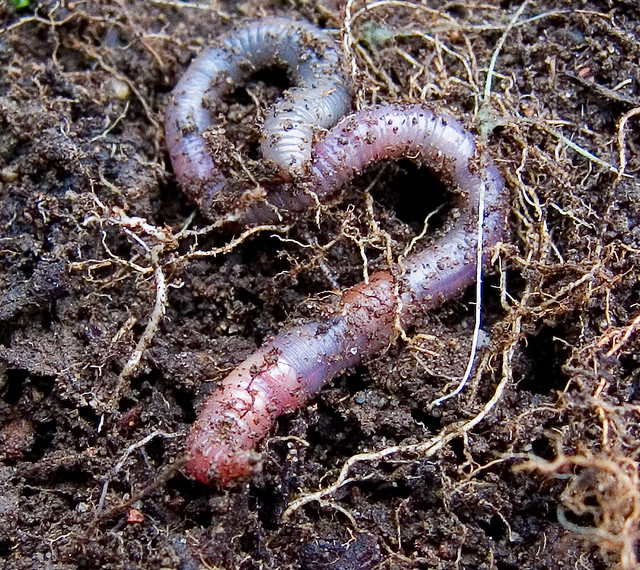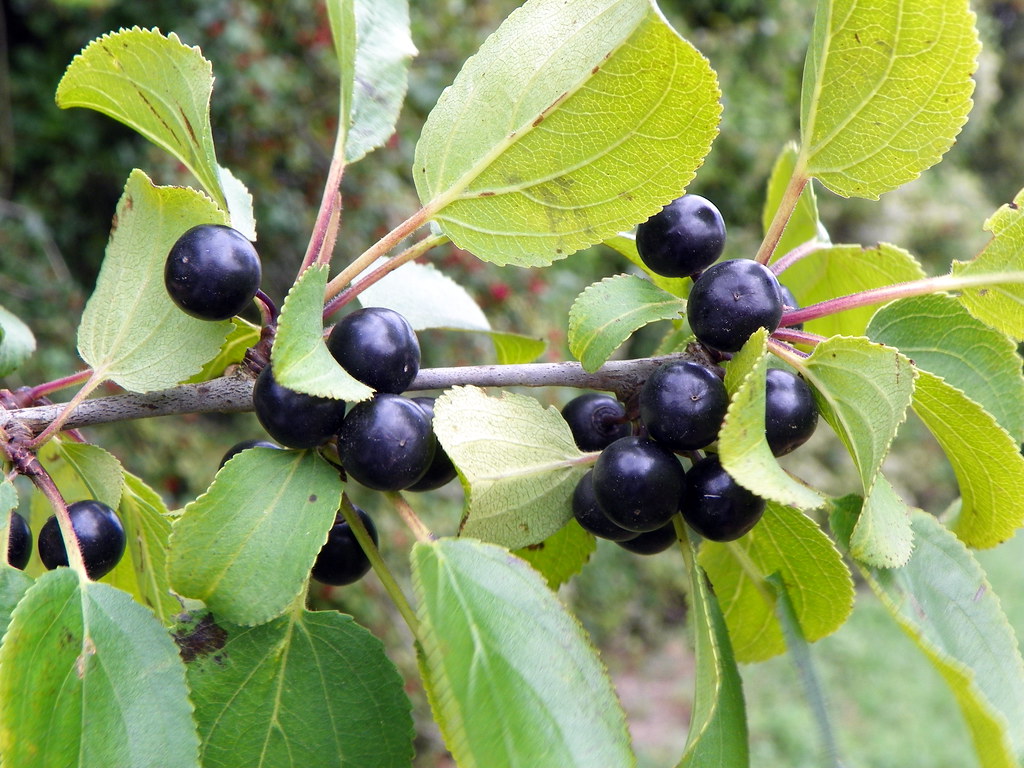 Environmental & Science Education
Environmental & Science EducationSTEM
Climate Change
Biodiversity
Nature
Edward Hessler
"It may be doubted if there are any other animals which have played such an important part in the history of the world as these lowly organized creatures."--Charles Darwin on Earthworms
Darwin's last book, The Formation of Vegetable Mould through the Action of Worms, with Observations on their Habits (aka Earthworms, Worms) was published in 1861. He had been collecting data on earthworms for years--perhaps it us fairer to say that his "research group" had been, for this is a publication in which his children played a role in making observations and collecting data.
In a New York Public Library blog on Darwin's last manuscript, Jeremy Mcgrew notes one experiment in which "Darwin measured the rate of burial by using his famous 'worm stone' which was a stationary stone whose slow submersion was tracked and charted by Darwin and his son Horace."
The book sold very well and was also the subject of humor.
In a just published paper in the journal Science led by Dr. Helen Phillips, at the German Centre for Integrative Biodiversity Research (Leipzig University), a "global dataset of sampled earthworm communities from 6928 sites in 57 countries...climate variables were found to be more important in shaping earthworm communities than soil properties or habitat cover. These findings suggest that climate change may have serious implications for earthworm communities and for the functions they provide."
The study involved 141 scientists from 35 countries among whom, as Deanne Morrison points out in the University of Minnesota (UM) on-line publication, Inquiry: Exploring the Impact of University Research, includes Adrian Wackett, a graduate student in the Department of Soil, Water, and Climate (SWAC) in the UM's College of Food, Agricultural and Natural Resource Sciences (CFANS). Wackett collected samples in the arctic and boreal areas of Sweden and Finland.
In her essay, Morrison tells us what's at stake. The short answer is much more than we realize. She writes,
'"It has long been thought, said Wackett, that earthworm distributions are governed by where soils are most fertile; e.g., with suitable acidity, texture, and availability of calcium, nitrogen, and other essential nutrients. But he wasn’t shocked that these properties turned out to be of comparably less importance.
'“I’ve seen some invasive earthworms living at acidities close to vinegar,” he said. “I view earthworms as regulating and enriching soils more than vice versa.” (My emphasis)
"For example, earthworms make excellent “bioreactors for nutrient recycling,” Wackett said. In their guts, they catalyze the decomposition of plant litter and unlock vital nutrients trapped in the soil matrix, then excrete those nutrients back into the soil. This turns “raw,” inaccessible elements like phosphorus, nitrogen, and calcium into plant-available forms that nourish plant and animal life above ground. This recycling system is particularly vital in tropical ecosystems, where many soils are nutrient-poor.
 "But in high-latitude places like northern Minnesota, when earthworms eat leaf litter and move nutrients deeper into the soil, it can have adverse effects. Many native forest plants, like lady slippers and ferns, evolved with shallow roots to mine nutrients from the litter layers that accumulate in formerly glaciated forests without earthworms. When feeding by invasive earthworms thins these litter layers, many native forest plants are starved of nutrients, while native tree saplings are left unprotected against browsing by hungry deer. Eventually, this combination wipes out the entire forest understory, creating openings for invasive species like buckthorn."
"But in high-latitude places like northern Minnesota, when earthworms eat leaf litter and move nutrients deeper into the soil, it can have adverse effects. Many native forest plants, like lady slippers and ferns, evolved with shallow roots to mine nutrients from the litter layers that accumulate in formerly glaciated forests without earthworms. When feeding by invasive earthworms thins these litter layers, many native forest plants are starved of nutrients, while native tree saplings are left unprotected against browsing by hungry deer. Eventually, this combination wipes out the entire forest understory, creating openings for invasive species like buckthorn."
Ecosystems respond differently to changing climate. In the tropics for example, dry conditions could result in loss of native earthworms with changes in those ecosystems. In northern latitudes, much like has occurred in northern Minnesota, invasive earthworms, could spread as those areas get warmer, reducing and then inhibiting the build-up of forest floor litter.

No comments:
Post a Comment